Home > Climate News >
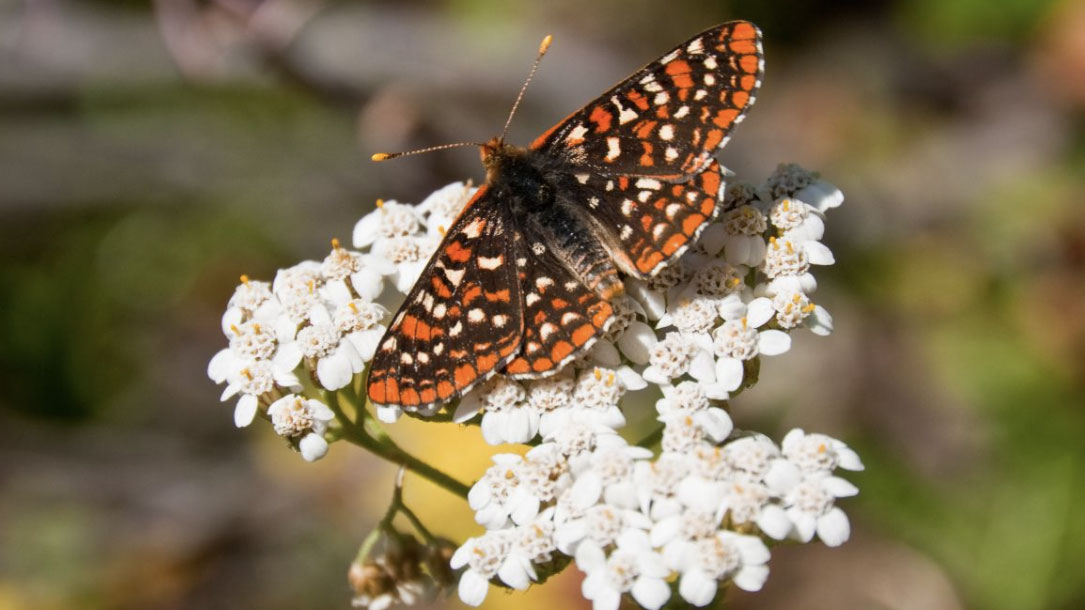
Fewer butterflies seen by community scientists across the warming and drying landscapes of the American West
Many recent studies have revealed sweeping declines in insects over the past few decades. Butterflies are no exception. This study used three different datasets, collected by both experts and community scientists, and found that the number of butterflies has declined over the past 40 years. Although the drivers of decline are complex, the authors found that climate change—in particular, warmer months in the autumn—explain a large portion, even as warming summers actually lead to increases. This work shows that climate change impacts may be insidious and unexpected in their effects…
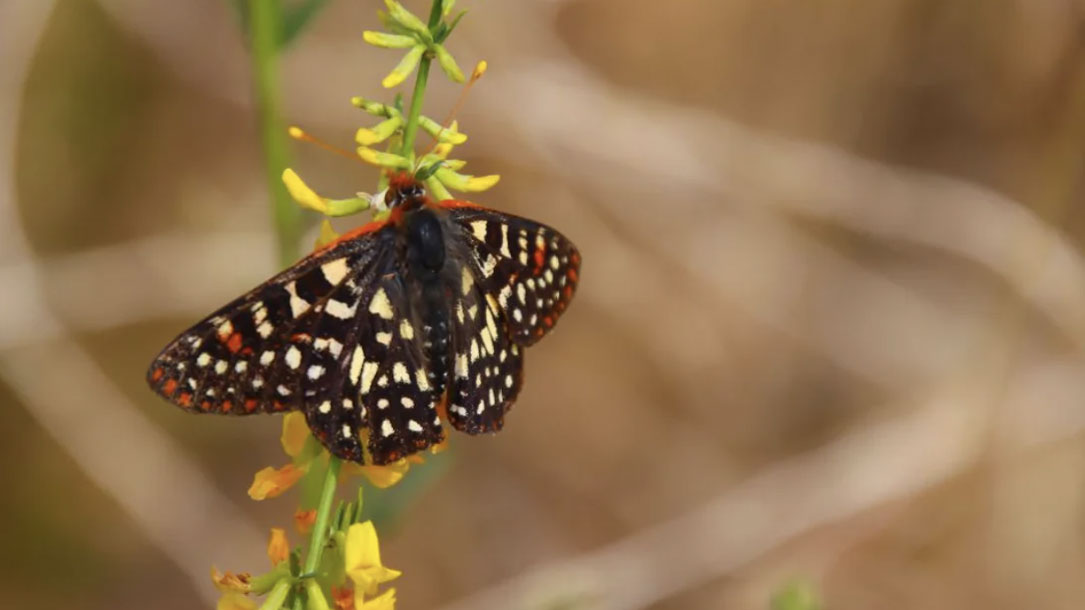
Western butterflies disappearing due to warmer fall seasons
Butterflies across the U.S. West are disappearing, and now researchers say the climate crisis is largely to blame.
A new study published in Science looked at three different data sets that cover the last 40 years of butterfly populations across more than 70 locations in the Western U.S…”That so many of our butterflies are declining is very alarming,” Dr. Tara Cornelisse, an entomologist and senior scientist at the Center for Biological Diversity (CBD), said in response to the findings. “These declines are a wake-up call that we need to dramatically reduce greenhouse gases to save these beautiful and beloved butterflies, as well as our very way of life…
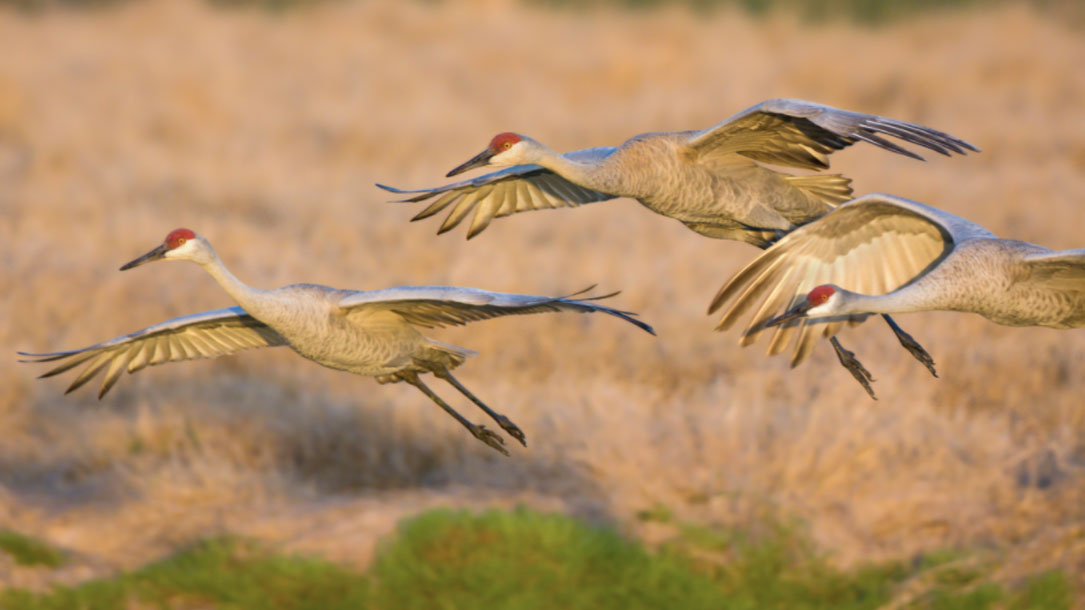
Sandhill cranes, a conservation success story, now face climate change threat
“Birds are being pushed and tested by climate change,” [Nathaniel Miller, director of conservation for Audubon Great Lakes] said. “The climatic range of these birds developed over millennia. It’s all about timing. They’re usually in the right places at the right time. In spring, they’re where insects are hatching. In fall, they’re where they can find nuts and berries.
General warming trends, as well as extreme events like flooding, drought, and intense heat, throw this delicate balance and timing off kilter,” Miller said…
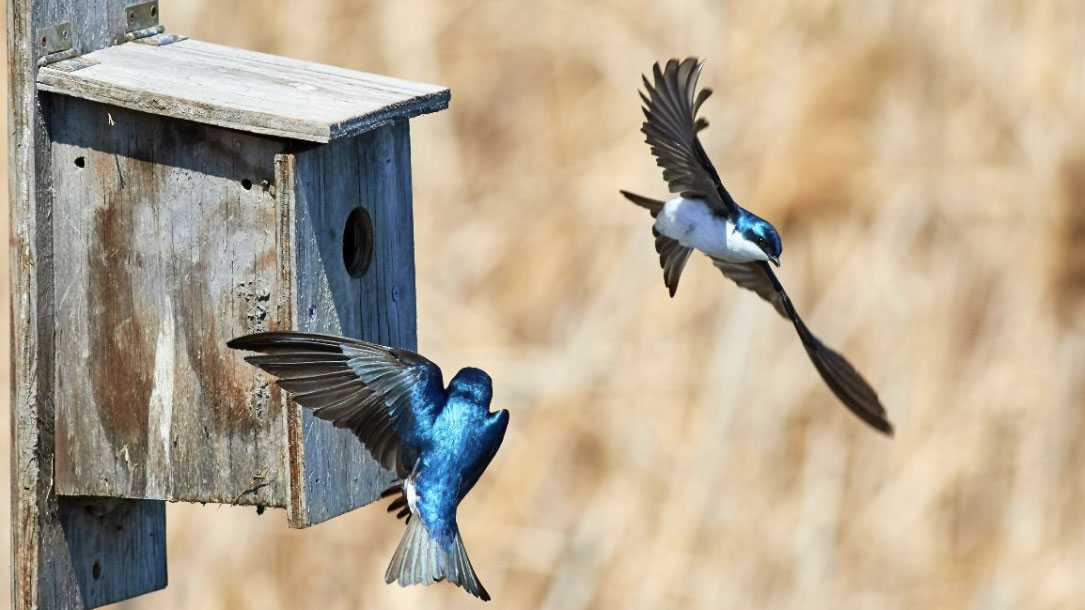
Climate change cues tree swallows to nest earlier in spring
Hatchlings cannot regulate their body temperature, so they are vulnerable to hypothermia. And the insects they eat stop flying in cold weather, potentially leaving the chicks to starve.
“These chicks are growing very, very fast,” Twining says. “They have very high energy demands, so…if they don’t get a lot of that good high-quality food during this pretty specific time…that’s when these cold weather events seem to be most devastating.”
For example, data from Ithaca, New York, shows that a single cold snap in 2016 killed more than 70% of baby tree swallows…

Biden’s historic action on 30×30
After a drumbeat of headlines in recent years detailing nature’s decline, there’s very good news from the Biden administration, with the president pledging to put America on the path of protecting at least 30 percent of its land and 30 percent of its ocean areas by 2030 (30×30). This action is necessary to reverse nature’s decline, fight climate change, and secure the natural life support systems we depend on for clean air and water, food, and quality of life. And, if done right, fulfilling a 30×30 goal offers benefits beyond safeguarding and strengthening the natural foundations of our society. It should create more equitable access to nature, bring communities together to conserve our shared natural heritage, honor tribal sovereignty and self-determination, and strengthen our economy.
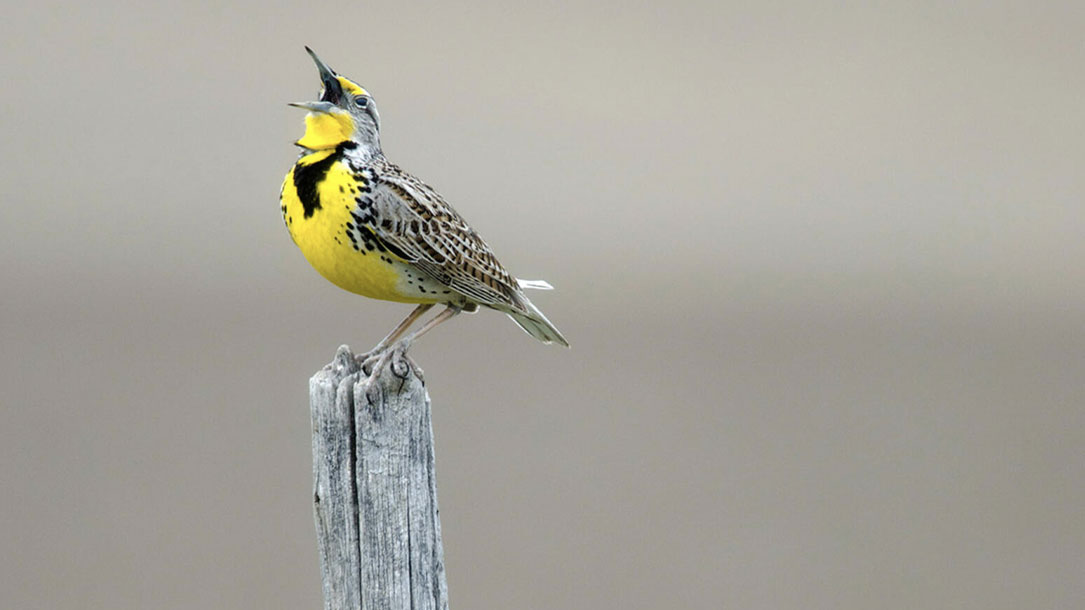
Innovative bill would promote regenerative ranching in California
The program would encourage regenerative agricultural practices similar to those promoted by Audubon’s Conservation Ranching initiative (ACR). The program partners with ranchers to adopt techniques including rotation of pastureland and limited use of feeds other than grass itself. The practices allow a variety of native grasses, with their extensive root systems (a potent carbon sink), to grow and thrive by allowing grasslands to rest and recover.
That, in turn, provides habitat for imperiled grassland birds, whose numbers have declined by 50 percent over the past 100 years. In return, ranchers participating in ACR can brand their meat with Audubon’s “Grazed on bird-friendly land” seal, earning up to $2 per pound more for their premium, grass-fed products…

Protocols for bird-friendly habitat management certification
Audubon and its partner ranchers employ a variety of tactics to manage the land upon which cows graze. Together, these tactics are what leads to Audubon’s certification that certain beef products are produced with bird-friendly land-management practices
To get certification, ranchers follow a set of program standards in four areas: habitat management; forage and feeding; animal health and welfare; and environmental sustainability…

What in the world is conservation ranching?
“Wild bison were unwitting conservationists. As they roved the Great Plains, snacking here, trampling there, the hefty mammal carved diverse plant landscapes for any species’ nesting, mating, or hunting requirements. When humans substituted these shaggy ungulates for cows, the territory transformed. Without guidance, cattle mow fields to a single height and encourage only a couple plants to rebound. Few birds thrive in this monotony…”

Report: Exposure to climate change drives stability or collapse of desert mammal and bird communities
“Understanding how our warming climate affects vulnerable species is of paramount importance. However, predicting responses is complicated because species are complex and may adapt or respond in distinct ways…”
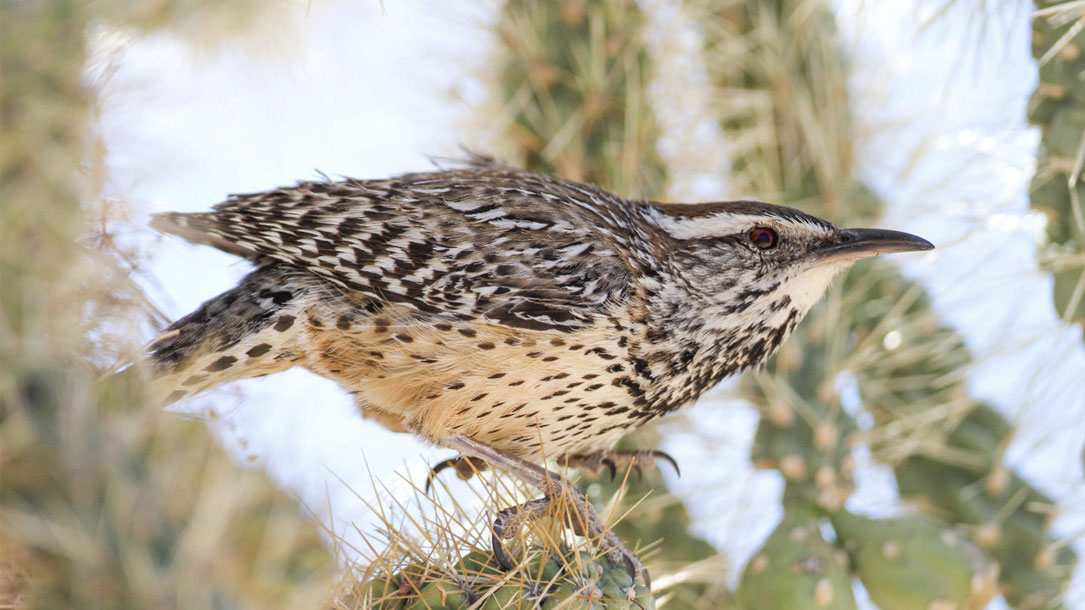
How desert birds can survive with very little water
In the desert Southwest, summer temperatures sizzle, rising well over 100 degrees. And in some parts of the desert, there is not a drop of water for miles.
Yet some birds thrive in this scorching landscape. Here a Black-throated Sparrow sings from a thorn scrub. Now, a Cactus Wren announces itself atop a barrel cactus. And neither will be flying miles every day to the nearest source of water. So how do they survive?












